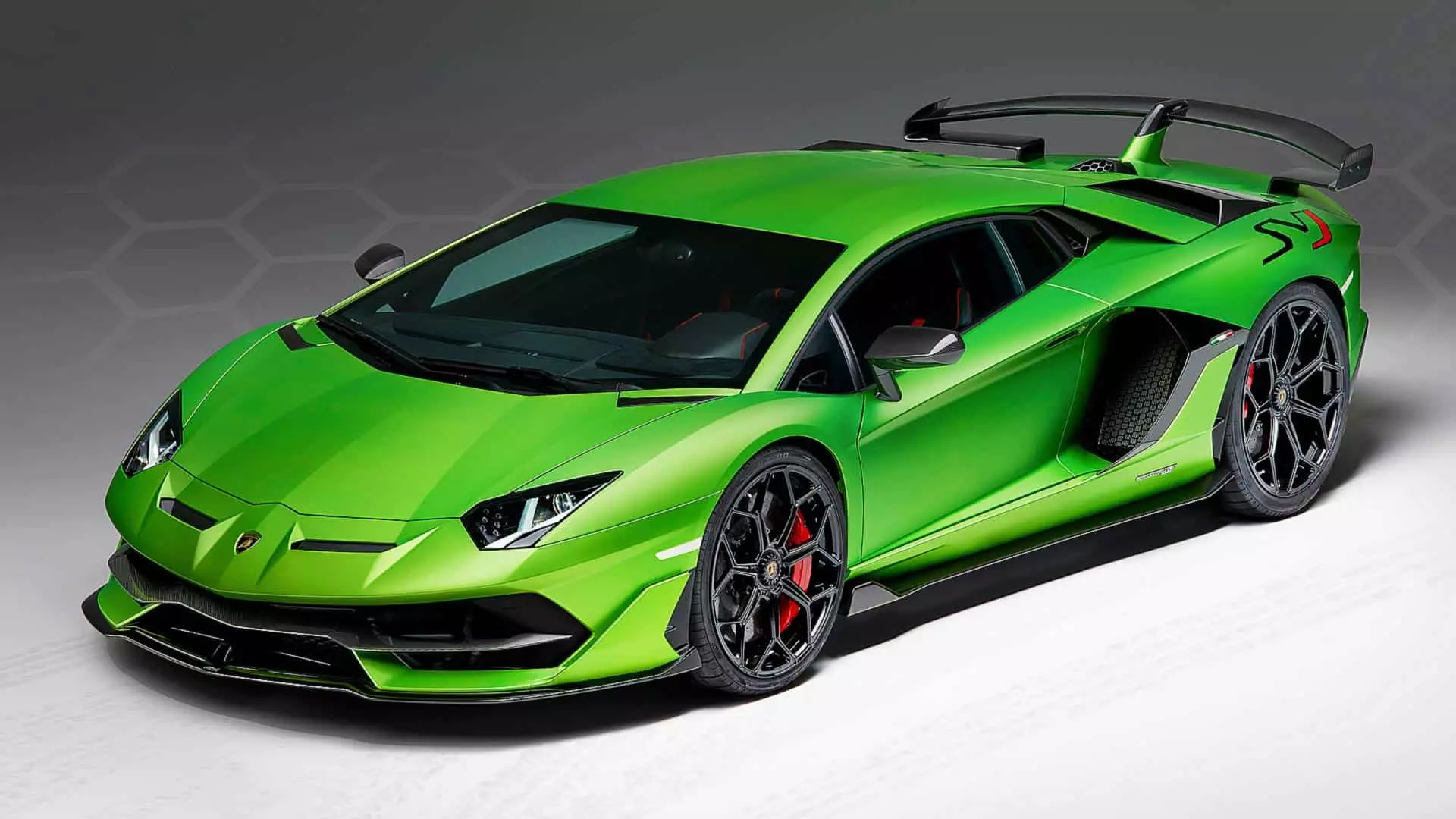Automobili Lamborghini’s foray into the metaverse, with its ambitious Fast ForWorld platform and the debut of digital counterparts like Temerario and GT3, signals a compelling attempt at merging luxury automotive innovation with cutting-edge technology. At first glance, it’s a masterstroke of brand relevance—an elite carmaker stepping into a new realm to appeal to a digitally native audience. Yet, beneath this glossy veneer lurks a fundamental question: does investing heavily in virtual assets truly serve Lamborghini’s core aspirations or merely create an illusion of innovation? While the metaverse promises to expand brand reach, it risks diluting the exclusivity and tangible craftsmanship that have historically defined Lamborghini’s identity. Turning iconic cars into NFTs and digital twins may seem forward-thinking, but it simultaneously commodifies a brand built on visceral experiences—speed, design, and sensory engagement—into ephemeral pixels.
The Superficial Appeal of Virtual Cars
The idea of minting digital versions of Temerario and GT3 as blockchain-backed collectibles offers a seductive narrative—access to limited-edition, cross-platform assets within Wilder World and other games. However, this approach borders on the trivial. A virtual car, no matter how photorealistic, cannot replicate the adrenaline, the tactile feedback, or the prestige tied to driving a Lamborghini on a curving Italian road. The commitment to creating a “digital twin” feels more like a gimmick than a genuine strategic move, risking viewers’ perception of Lamborghini as an adaptable brand, rather than one firmly rooted in the visceral realities of speed and engineering excellence. The danger is that these digital assets become just another fleeting trend, further disconnecting the brand from its core luxury automotive ethos.
The Illusion of Community Engagement
Lamborghini’s emphasis on Web3 platforms, social gaming, and NFT activations speaks to a broader trend: brands attempting to build loyalty in the digital space. But community engagement built on virtual collectibles and online racing events—even in blockbuster open worlds—may fail to foster meaningful relationships. True brand loyalty is cultivated through emotional resonance, tangible product quality, and personal stories. Virtual interactions, while innovative, risk becoming hollow substitutes for the thrill of actual driving or exclusive invitations to real-world events. The hype around Wilder World and digital ecosystems like Motorverse may offer short-term buzz, but they threaten to overshadow the enduring value of physical craftsmanship and exclusivity that Lamborghini has long maintained.
The Cost of Innovation Overreach
Investing in these digital initiatives is undoubtedly expensive. Lamborghini is putting resources into developing immersive platforms with the backing of heavyweight tech players like Epic Games and NVIDIA. While this demonstrates serious intent, it also reveals a potential miscalculation: are these innovations a wise allocation of company capital, or are they distractors from fundamental issues—such as improving mass-market models, maintaining product quality, and ensuring economic stability? The luxury carmaker’s heritage is built on precision engineering and bespoke craftsmanship; diverting attention and funds into digital worlds might be a misguided attempt to chase fleeting allure rather than reinforce its intrinsic virtues.
Two Roads Diverged in the Digital Forest
Lamborghini’s digital pivot signifies a broader cultural debate: should luxury brands embrace technological transformation at all costs, or prioritize their traditional values? From a center-right perspective, balancing tradition with innovation is critical. Excessive focus on digital assets risks commodifying the brand, turning exclusivity into a blockchain consensus rather than a driver’s experience. On the other hand, embracing digital ecosystems could serve as a way to reach younger audiences without compromising fundamental quality. The challenge lies in navigating this middle ground—leveraging technology not as a distraction, but as a complement to natural brand strengths: superior craftsmanship, bespoke quality, and the aspirational narrative that made Lamborghini a legend. Without a cautious approach, Lamborghini’s virtual pursuits could backfire, leaving it as just another brand lost in the digital noise, disconnected from its core identity.

